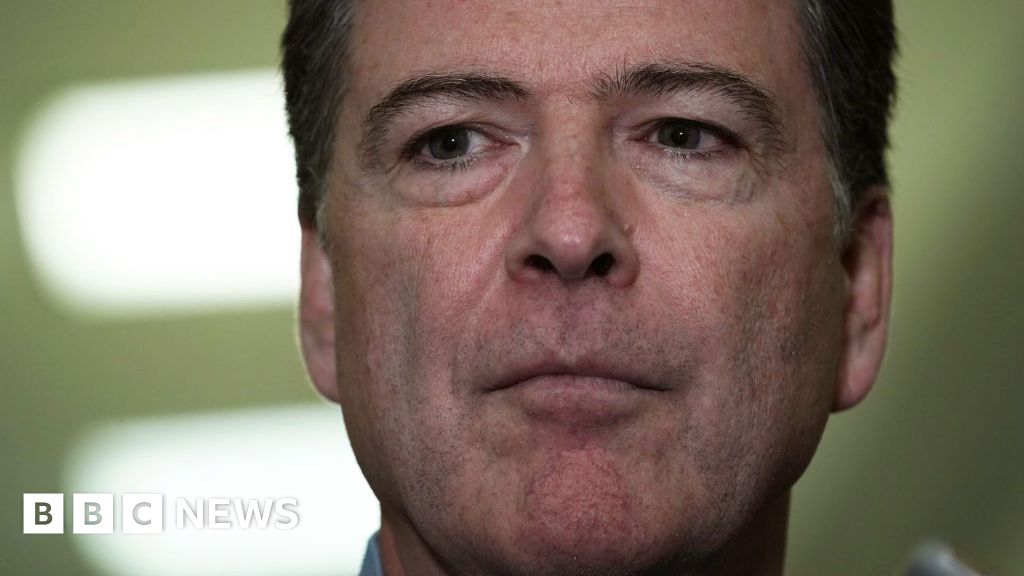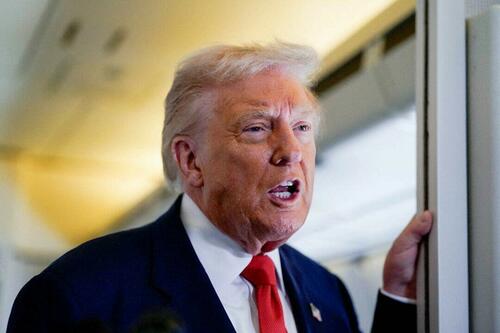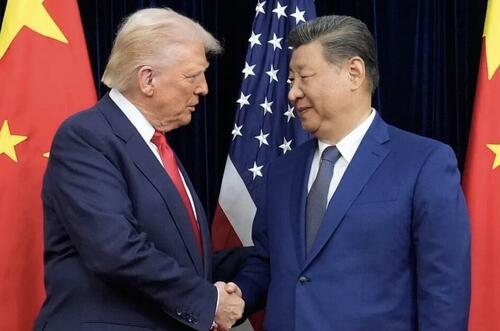150 Years Of Data Destroy Democrat Dogma On Tariffs: Fed Study Finds They Lower, Not Raise, Inflation
A new historical analysis is challenging the central premise that has guided trade policy, inflation forecasting, and Federal Reserve decision-making for decades. According to the study from the Federal Reserve Bank of San Francisco spanning 150 years of tariff changes across three major Western economies, higher tariffs consistently lower inflation and raise unemployment – directly contradicting longstanding economic orthodoxy.
The authors, Régis Barnichon and Aayush Singh, examined tariff shifts between 1870 and 2020 in the United States, the United Kingdom, and France – and came to the conclusion that the conventional view of tariffs causing inflation does not survive empirical scrutiny.
“We find that a tariff hike raises unemployment and lowers inflation,” they write. “This goes against the predictions of standard models, whereby CPI inflation should go up in response to higher tariffs.”
The distinction is subtle but crucial. The authors are not claiming that tariff hikes reduce the price level, only that they consistently reduce CPI inflation – the rate at which prices rise – in the short run, and that the effect is sizable. If the historical evidence is correct, policymakers may have been responding to a threat that did not exist.
If this sounds familiar, SOMEONE noted this in June of 2024…
Again, there is nothing controversial about this view: it is the definition of conventional wisdom. But what is conventional wisdom is once again dead wrong as it has been for much of the past 15 years?
That is the hypothesis of none other than one of the most outspoken and contrarian Wall Street strategists, BofA’s Michael Hartnett, who in his latest Flow Show writes that far from inflationary, any new trade war launched by Trump will be a substantially deflationary event. –Hartnett via ZH, June 2024
A Political Divide Becomes an Economic Experiment
The study’s central methodological insight comes from American political history. For much of the period between Reconstruction and the Great Depression, Republicans and Democrats took sharply different positions on tariff policy. Republicans, aligned with industrial interests, favored higher tariffs; Democrats, representing agricultural regions, opposed them.
Because recessions did not systematically favor one party or the other, tariff changes often occurred for political – not economic – reasons. That allowed the authors to treat these shifts as a quasi-random policy experiment. When unemployment rose, Republicans often raised tariffs and Democrats often cut them, but not because of an underlying macroeconomic theory.
“Since recessions did not favor one party over another, there was no general relation between the direction of tariff changes and the state of the economy,” the authors explain.
The researchers also examined eight major tariff reforms driven by long-term political considerations – including the McKinley Tariff of 1890 and the Trump tariffs of 2018 – and found similar effects.
A Counterintuitive Relationship
The central finding is stark: a roughly four-percentage-point increase in average tariffs lowered inflation by about two percentage points and raised unemployment by roughly one percentage point. The relationship held across eras, from the pre-1913 globalization wave to the postwar period.
Oh wow, how unpossible https://t.co/1hD625mmNv pic.twitter.com/g5vNZWhqh2
— zerohedge (@zerohedge) November 16, 2025
This pattern runs directly counter to standard economic theory, which holds that tariffs raise costs, push up consumer prices, and depress economic output. Instead, the historical record shows tariffs acting more like a negative demand shock – simultaneously tightening financial conditions and suppressing inflation.
“These findings point towards tariff shocks acting through an aggregate demand channel,” the authors conclude.
What exactly drives that channel remains unclear. The researchers note that tariff announcements often coincide with falling stock prices and spikes in market volatility, suggesting a possible link between uncertainty and weaker economic sentiment. Tariffs may also depress asset prices or alter wage bargaining dynamics. But the paper stops short of identifying the mechanism definitively.
The authors also found that:
- Stock prices tend to fall after tariff hikes.
- Market volatility tends to rise.
- Tariff announcements may tighten financial conditions or depress household wealth.
A Blow to the Economic Establishment
The implications are far-reaching. For decades, opponents of tariffs have argued that they operate as a regressive “tax on consumers.” During the 2024 presidential campaign, Kamala Harris frequently described Trump’s proposed tariffs as a national sales tax that would raise prices for American families.
The new evidence does not support that claim.
Instead, the study suggests the core inflation argument against tariffs – long treated as dispositive in policy debates – was never empirically grounded. Barnichon and Singh note that surprisingly little macroeconomic research has been conducted on tariff effects, and that much of the conventional wisdom rested on theoretical assumptions rather than historical evidence.
The authors are careful not to endorse any political position, and do not evaluate Trump’s trade policy directly. But their findings significantly weaken the strongest criticisms leveled against Trump’s tariff program: that it would intensify inflation.
Did the Fed Misread Tariffs?
The findings also raise uncomfortable questions for the Federal Reserve.
Throughout 2025, several Fed officials warned that tariff hikes risked fueling inflation, and the central bank slowed the pace of rate cuts in part because of those concerns. But if tariffs historically lower inflation, then a textbook monetary response would have been to ease, not hold firm.
While the authors acknowledge that evidence from the modern era is less precise, their overall thesis (which will probably be buried) is clear: higher tariffs correlate with lower inflation and weaker economic activity.
What emerges is a fundamentally revised picture of tariff dynamics – which poses a challenge to models used by economists and central bankers that have underpinned inflation forecasts for rate decisions.
Loading recommendations…
Recent Top Stories
Sorry, we couldn't find any posts. Please try a different search.











